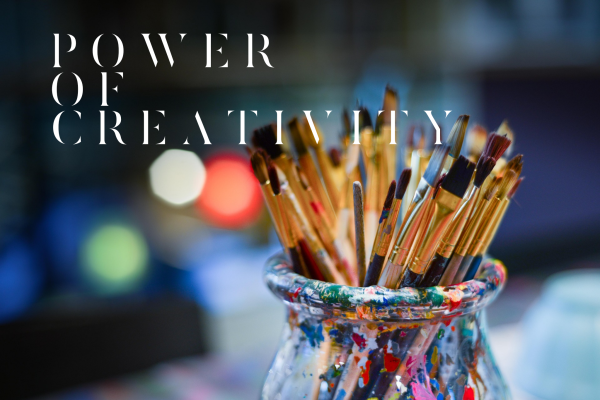
In today’s world, structured learning often overshadows free play and creativity. But
research shows that imagination, creativity, and play are key to a child’s cognitive,
social, and emotional growth. These aren’t just extras—they’re essential for shaping
innovative thinkers.
Creativity: The Key to Problem-Solving
Creativity isn’t just about art—it’s about thinking in new ways. Whether kids are drawing,
building, or storytelling, they’re learning to approach challenges with flexibility and
confidence. Encouraging creativity helps them explore ideas, take risks, and believe in
their own abilities.
Imagination: Fuel for Critical Thinking
Imaginative play sparks curiosity and deep thinking. When kids role-play or invent
stories, they practice seeing things from different perspectives, solving problems, and
making sense of the world. It also strengthens their memory and love for learning.
Play: Learning in Disguise
Play is often dismissed as separate from learning, but it’s actually one of the best ways
kids develop language, motor skills, emotional control, and social skills. Whether they’re
engaged in pretend play, games, or outdoor activities, they’re building resilience,
teamwork, and problem-solving abilities.
How to Encourage Creativity, Imagination, and Play
Parents and educators can nurture these skills by:
Providing open-ended materials like art supplies and building blocks.
Encouraging storytelling and role-playing.
Allowing unstructured playtime.
Supporting outdoor adventures and exploration.
Integrating creative problem-solving into daily activities.
Final Thoughts
Creativity, imagination, and play are vital for a child’s development. They foster
adaptability, confidence, and a passion for learning—skills that will serve kids well
throughout their lives. By embracing these elements, we help children grow into curious,
capable, and innovative individuals.

